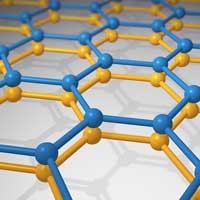 Researchers describe how the ability of twisted bilayer graphene to conduct electrical current changes in response to mid-infrared light.
Researchers describe how the ability of twisted bilayer graphene to conduct electrical current changes in response to mid-infrared light.
Friday, July 31, 2020
Physicists find misaligned carbon sheets yield unparalleled properties
 Researchers describe how the ability of twisted bilayer graphene to conduct electrical current changes in response to mid-infrared light.
Researchers describe how the ability of twisted bilayer graphene to conduct electrical current changes in response to mid-infrared light.
Way, shape and form: Synthesis conditions define the nanostructure of manganese dioxide
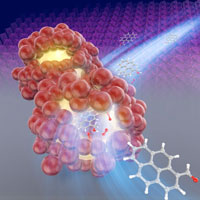 A new study sheds light on how different synthesis conditions can produce manganese dioxide with distinct porous structures, hinting at a strategy for the development of highly tuned MnO2 nanomaterials that could serve as catalysts in the fabrication of bioplastics.
A new study sheds light on how different synthesis conditions can produce manganese dioxide with distinct porous structures, hinting at a strategy for the development of highly tuned MnO2 nanomaterials that could serve as catalysts in the fabrication of bioplastics.
A new synthesis method for three-dimensional nanocarbons
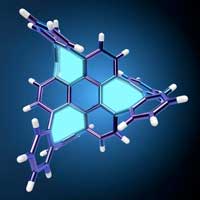 Connecting carbon by catalysis to create octagonal structures.
Connecting carbon by catalysis to create octagonal structures.
Nano-sponges of solid acid transform carbon dioxide to fuel and plastic waste to chemicals
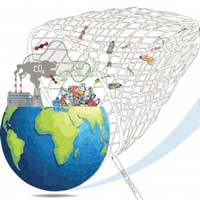 In this work, researchers dealt with both these problems at one stroke, by developing nano solid acids that transform carbon dioxide directly to fuel (dimethyl ether) and plastic waste to chemicals (hydrocarbons).
In this work, researchers dealt with both these problems at one stroke, by developing nano solid acids that transform carbon dioxide directly to fuel (dimethyl ether) and plastic waste to chemicals (hydrocarbons).
Unusual electron sharing found in cool crystal
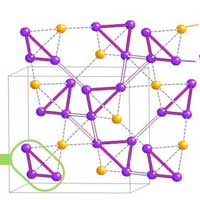 These findings suggest further studies could reveal compounds with interesting electronic properties.
These findings suggest further studies could reveal compounds with interesting electronic properties.
Efficient and durable overall CO2 photoreduction achieved by rationally designed MOFs
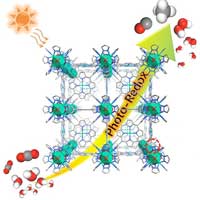 Scientists selected a MOF composed of reactive NiOx cluster nodes and light-harvesting metalloporphyrin ligands connected via pyrazolyl groups as a sole photocatalyst and achieved efficient and durable gas-phase overall CO2 photoreduction with H2O vapor.
Scientists selected a MOF composed of reactive NiOx cluster nodes and light-harvesting metalloporphyrin ligands connected via pyrazolyl groups as a sole photocatalyst and achieved efficient and durable gas-phase overall CO2 photoreduction with H2O vapor.
Nanoreactor strategy generates superior supported bimetallic catalysts
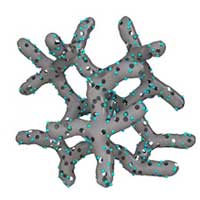 To improve the performance and efficiency of the supported bimetallic nanoparticles, researchers recently proposed a nanoreactor strategy for their scalable synthesis.
To improve the performance and efficiency of the supported bimetallic nanoparticles, researchers recently proposed a nanoreactor strategy for their scalable synthesis.
Subscribe to:
Comments (Atom)
